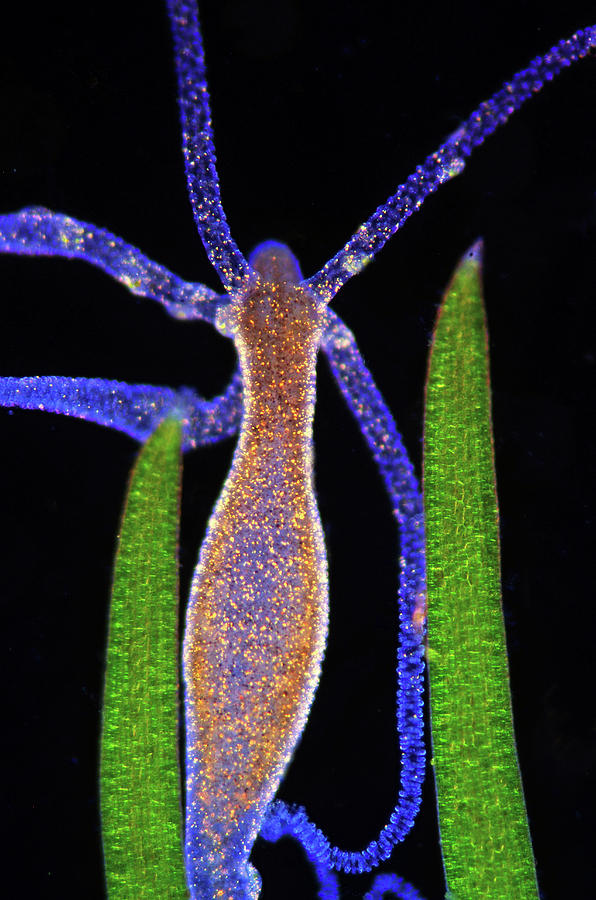
ZT, zeitgeber time (lights-on at ZT0 lights-off at ZT12). ( E) Diurnal behaviors in Hydra under LD cycles. ( C and D) Behavioral recording and data processing (see Materials and Methods). RESULTS A sleep-like state in brain-less Hydra We further reasoned that comparative analyses of the sleep-regulatory mechanisms across animal species, including those with a poorly defined CNS, should elucidate how this essential physiology has evolved along with the development of the CNS. These findings support the hypothesis that the phylogenetic origin of sleep has preceded the evolution of a centralized nervous system ( 5). Their common features include (i) reversible behavioral quiescence, (ii) reduced responsiveness to stimuli (i.e., high arousal threshold), (iii) regulation by circadian clocks and sleep homeostasis, and (iv) pharmacological effects of sleep-inducing drugs such as melatonin and a histamine receptor antagonist. The upside-down jellyfish Cassiopea also display sleep-like behaviors ( 5) comparable to those in other animals with a well-defined CNS. The box jellyfish Tripedalia is active during the day, whereas Copula exhibits nocturnal behaviors ( 4). For example, soft corals display 24-hour pulsation-rest rhythms in their tentacle movement ( 3). Daily periodic quiescence has been observed in cnidarian species. Their diffuse nerve net innervates most parts of the body, likely representing the ancestral organization of the nervous system. Cnidarians lack a centralized nervous system and thus are thought not to have a brain. In this sense, Cnidaria is ideally positioned in the phylogenetic tree of the animal kingdom ( 2). However, it remains elusive how the molecular commonality of sleep regulation has been shaped during the evolutionary process of the central nervous system (CNS). The neural mechanisms underlying sleep are substantially conserved among vertebrates, arthropods, and nematodes. Sleep-like states have been defined in a wide range of animal taxa ( 1). Thus, sleep-relevant physiology and sleep-regulatory components may have already been acquired at molecular levels in a brain-less metazoan phylum and reprogrammed accordingly. Opposing effects of ornithine metabolism on sleep were also evident between Hydra and Drosophila, suggesting the evolutionary switch of their sleep-regulatory functions. However, arousing dopamine unexpectedly induced Hydra sleep.

Sleep-promoting effects of melatonin, GABA, and PRKG1 were conserved in Hydra. Microarray analysis in sleep-deprived Hydra revealed sleep-dependent expression of 212 genes, including cGMP-dependent protein kinase 1 (PRKG1) and ornithine aminotransferase. Instead, we detected 4-hour rhythms that might be generated by ultradian oscillators underlying Hydra sleep. Hydra sleep was shaped by homeostasis and necessary for cell proliferation, but it lacked free-running circadian rhythms. Here, we report a sleep-like state in the cnidarian Hydra vulgaris with a primitive nervous organization. Sleep behaviors are observed even in nematodes and arthropods, yet little is known about how sleep-regulatory mechanisms have emerged during evolution.


 0 kommentar(er)
0 kommentar(er)
